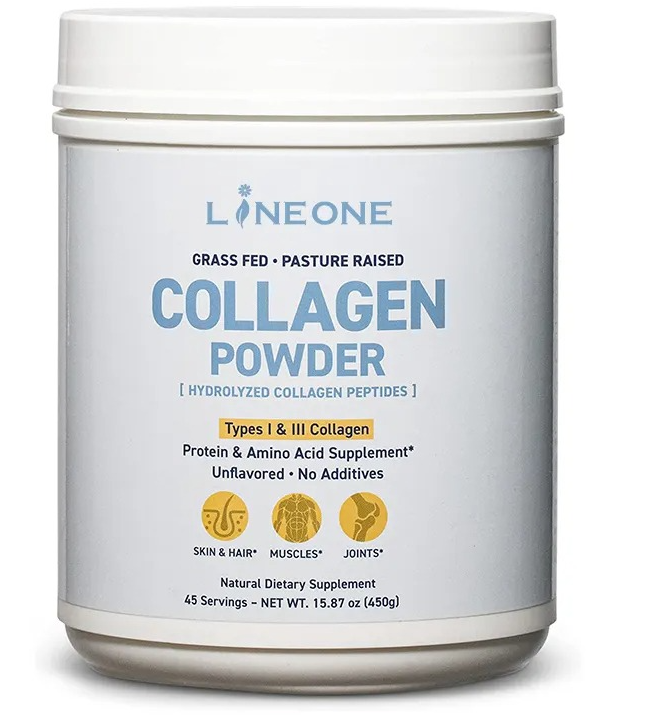
Você está procurando uma maneira natural e deliciosa de conquistar uma pele radiante? Não procure mais do que as Gomas de Colágeno da Linnuo Pharmaceutical! Nossa fórmula cuidadosamente elaborada combina o poder do colágeno com um delicioso doce em forma de goma, tornando-se uma adição conveniente e agradável à sua rotina diária de cuidados com a pele.
O colágeno é uma proteína vital que desempenha um papel fundamental na manutenção da elasticidade e firmeza da nossa pele. À medida que envelhecemos, a produção de colágeno em nossos corpos diminui naturalmente, levando ao aparecimento de rugas, linhas finas e pele sem brilho. No entanto, com as Gomas de Colágeno da Linnuo Pharmaceutical, você pode repor os níveis de colágeno do seu corpo e promover uma pele com aparência jovem.
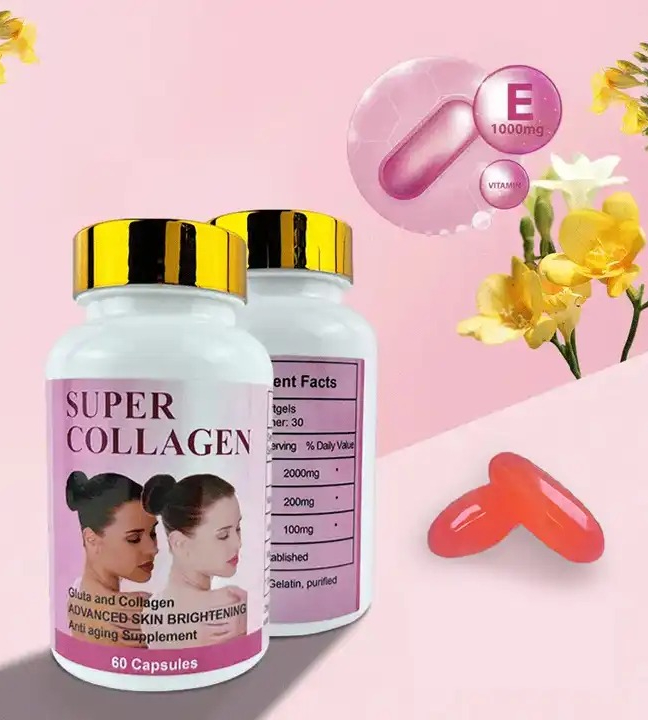
As Gomas de Colágeno da Linnuo Pharmaceutical são uma abordagem holística para ver a boa saúde como uma combinação de beleza e bem-estar. As gomas de colágeno são nossa maneira deliciosa e conveniente de ajudar na produção de colágeno no corpo. Isso é importante porque o colágeno está envolvido em muitos processos diferentes, como digestão, renovação celular ou condição da pele, entre outros. Ao escolher nossas Gomas de Colágeno, você investe no seu bem-estar geral por meio da suplementação.
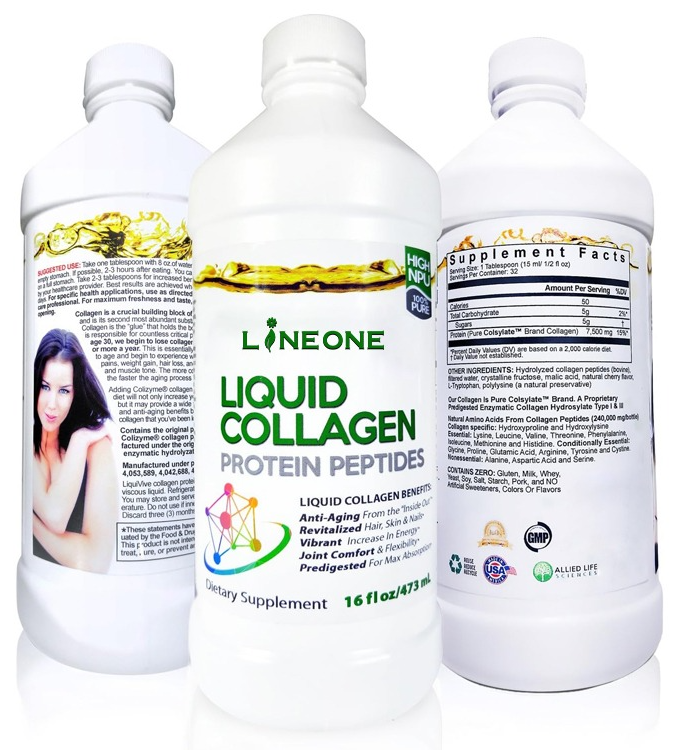
Reversão da Idade com os Gummies de Colágeno da Linnuo Pharmaceutical A diminuição na produção de colágeno que vem com a idade causa pele flácida e níveis de energia reduzidos. Os sinais de envelhecimento são combatidos pelos Gummies de Colágeno da Linnuo Pharmaceutical. A qualidade da pele é aprimorada, as unhas ficam mais fortes e a saúde cardiovascular é apoiada por esses gomas que suplementam sua dieta com colágeno. Adicione nossos Gummies de Colágeno à sua rotina diária e descubra o poder antienvelhecimento deste nutriente potente.
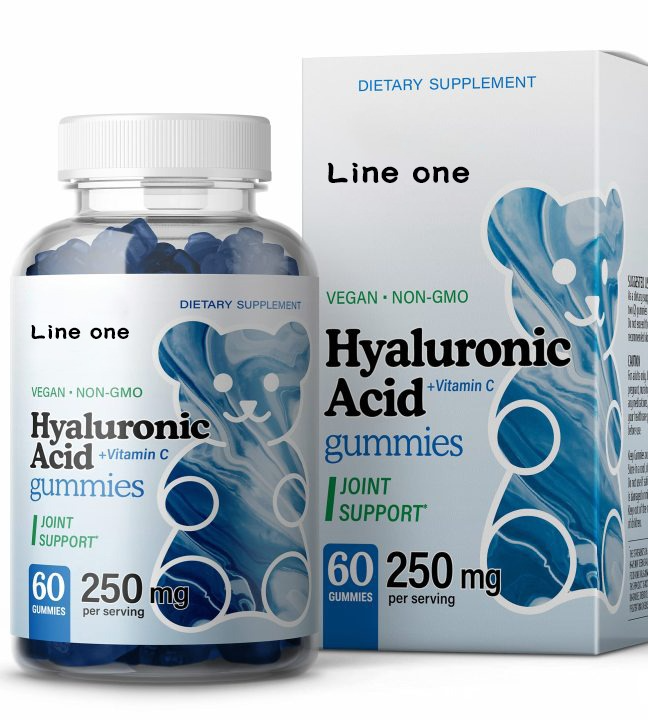
Ilumine sua pele com as Gomas de Colágeno da Linnuo Pharmaceutical Rejuvenescer sua pele da opacidade e desidratação é tão fácil quanto mastigar as Gomas de Colágeno da Linnuo Pharmaceutical. Esses doces de gelatina são preenchidos com colágeno hidrolisado, que é facilmente absorvido pelo corpo para promover a lubrificação interna da pele. Eles servem para aumentar o conteúdo de umidade na epiderme, tornando-a macia e radiante. Caso você queira melhorar seu regime de cuidados com a pele natural diariamente, nossas gomas de urso de colágeno são a melhor escolha para você.
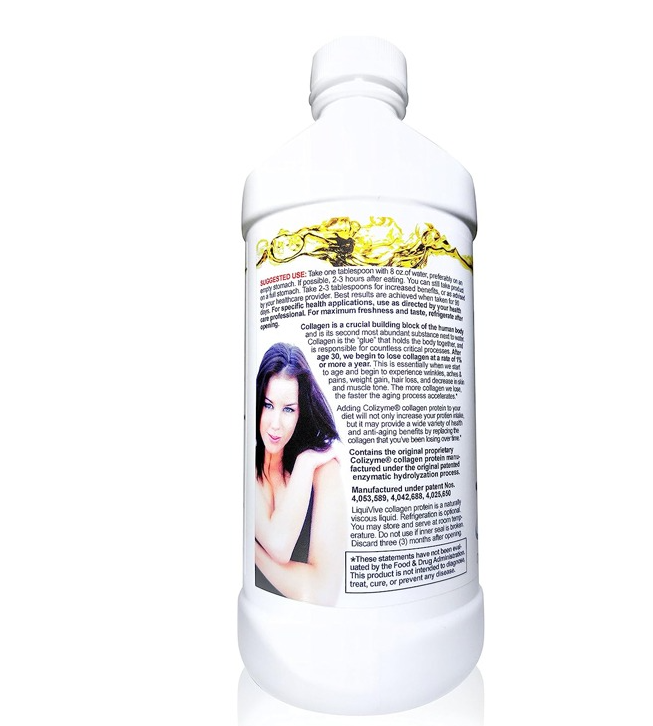
Aproveite a saúde e saboreie o gosto com as Gomas de Colágeno da Linnuo Pharmaceutical. Sabemos que uma dieta equilibrada também deve ser divertida, por isso criamos as Gomas de Colágeno para explodir em sabores ao serem mordidas. Essas gomas não apenas fornecem ao seu corpo o colágeno necessário, mas também entretêm seu paladar. Nossa promessa de qualidade garante que você receba um prazer inocente que é igualmente saudável e delicioso, de acordo com seu próprio gosto.

Fundada em 2009 como uma subsidiária do Zhongying Group, a Zhengzhou Linnuo Pharmaceutical Co., Ltd. cresceu e se tornou uma empresa de cadeia industrial abrangente especializada em pesquisa científica, fabricação, marketing e produção. Focada em fornecer serviços OEM/ODM para clientes B-end, possui linhas de produção profissionais para vários produtos voltados para gerenciamento de peso, nutrição esportiva e refeições nutritivas. Com a missão de servir à saúde humana e um compromisso com a fé e a responsabilidade, a empresa tem como objetivo conectar milhões à saúde por meio de produtos de qualidade. Mantendo uma crença sincera, uma atitude rigorosa e um espírito inovador, ela se esforça para oferecer produtos diferenciados e competitivos e aguarda parcerias colaborativas para alcançar a excelência.
A Linnuo Pharmaceutical se destaca na indústria devido à sua extensa experiência em pesquisa e desenvolvimento. Nossa equipe de P&D dedicada está comprometida em criar suplementos de saúde inovadores e eficazes. Esse foco em pesquisa de ponta garante que nossos produtos sejam não apenas seguros, mas também otimizados para máxima eficácia. Ao investir continuamente em P&D, conseguimos nos manter à frente das tendências de mercado e oferecer produtos superiores que atendem às necessidades em evolução de nossos clientes.
Qualidade e segurança estão no cerne de tudo o que fazemos na Linnuo Pharmaceutical. Nossos processos de fabricação seguem padrões rigorosos de controle de qualidade, garantindo que cada lote de gomas e cápsulas atenda aos mais altos padrões da indústria. Usamos apenas ingredientes premium, não-GMO, provenientes de fornecedores confiáveis, e nossos produtos passam por testes rigorosos para garantir sua pureza e potência. Este compromisso inabalável com a qualidade garante que nossos clientes recebam suplementos de saúde seguros, confiáveis e eficazes.
A Linnuo Pharmaceutical oferece soluções altamente personalizáveis para atender às necessidades únicas de nossos clientes. Se você está procurando formulações específicas, sabores personalizados ou opções de embalagem sob medida, podemos fornecer soluções que se alinhem com sua marca e requisitos de mercado. Nossa flexibilidade e dedicação à satisfação do cliente nos tornam um parceiro preferido para empresas que buscam oferecer suplementos de saúde de alta qualidade e diferenciados.
Estamos dedicados à sustentabilidade e práticas comerciais éticas na Linnuo Pharmaceutical. Nossos processos de produção são projetados para minimizar o impacto ambiental, e priorizamos a obtenção de ingredientes de fornecedores sustentáveis e éticos. Ao escolher nossos produtos, você está apoiando uma empresa que valoriza a gestão ambiental e a responsabilidade social. Este compromisso com a sustentabilidade não apenas beneficia o planeta, mas também ressoa com os consumidores que estão cada vez mais fazendo decisões de compra ecologicamente conscientes.
Gummies de colágeno são suplementos de saúde na forma de gomas mastigáveis que contêm colágeno, uma proteína essencial para manter a pele, cabelo e articulações saudáveis.
Gummies de colágeno podem ajudar a melhorar a elasticidade da pele, promover uma aparência jovem e apoiar a hidratação da pele.
Sim, nossos gummies de colágeno são feitos de ingredientes à base de plantas e são adequados para vegetarianos.
Recomenda-se tomar duas gomas de colágeno diariamente para melhores resultados.
Absolutamente! Gomas de colágeno são benéficas tanto para homens quanto para mulheres que desejam apoiar sua saúde e bem-estar geral.
